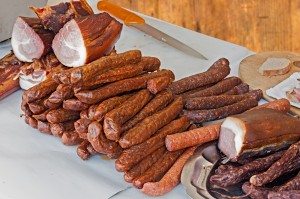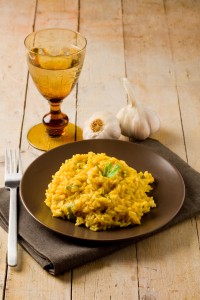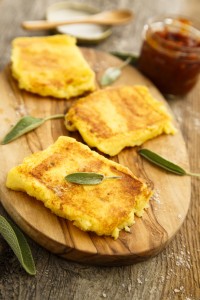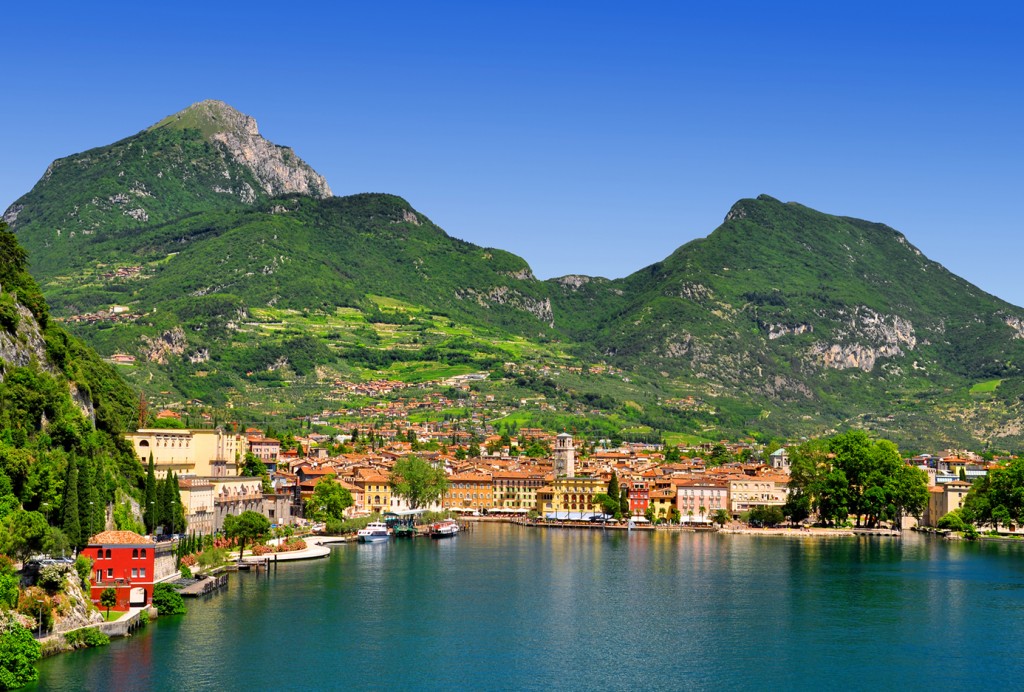The importance Italians attach to food and drink makes any holiday in the country a treat. The sheer variety of Italian cooking means there’s always something for every taste – and when staying on the lakes be sure to try local specialities.
Where to eat
Traditionally, a trattoria is a cheaper purveyor of homestyle cooking, while a ristorante is more upmarket – though you’ll often find that the two titles are interchangeable. An osteria is an old-fashioned restaurant or inn-like place specializing in home cooking, though these days you’ll find some upmarket restaurants with pretensions call themselves an osteria too.
How to eat
Meals traditionally start with antipasti, perhaps cold cuts of meat, seafood or vegetable dishes. Then comes primi, often soup, risotto or a pasta dish – followed by secondi, the meat or fish course. Vegetables or salads – contorni – are usually ordered and served separately. Afterwards, try desserts (dolci) or local cheeses (formaggi). You need quite an appetite to tackle all this and if your stomach – or wallet – isn’t up to it, it’s perfectly acceptable to just have an antipasto and a primo; they’re often the best way of trying local specialities anyway.
What to eat
Forget tomato-based sauces here! The most famous ingredient is polenta, slow-cooked cornmeal served either as a creamy mash or grilled in slices until crispy and golden.
Shortgrain risotto rice is grown in the paddy fields south and east of Milan. Different areas add their own ingredients – saffron in Milan, small prawns or trout on the lakeshores, pumpkin or frogs’ legs in the marshy plains near Lake Garda. Verona is celebrated for its gnocchi, and you’ll find bigoli (thick wheat spaghetti) on many menus.
Tasty lake fish include tench (tinca), often stuffed and baked, and fried perch (persico). On Lake Como, shad (missoltini) is sun-dried then preserved in oil and vinegar. Look out, also, for pike (luccio) with capers and shallots, or lavaret (lavarello) grilled with sage butter.
Veal and pork are the most common meats. Local varieties of salami include wild boar (cinghiale) and goose (oca), while cheese is big: this is the home of Gorgonzola, and you’ll also spot tangy Taleggio and crumbly Grana Padana, the local version of Parmesan.
To wash it down
The hillsides around the lakes are spread with vineyards producing decent house wines for local restaurants – Merlot reds from around Lake Lugano, for instance, or Valcalepio and Scanzo from the Bergamasc valleys.
There are also some internationally celebrated wines hereabouts. The hills of the Franciacorta, near Lake Garda, produce world-class sparkling wine – Italy’s version of Champagne – as well as velvety reds and well-perfumed whites.
Also around Lake Garda, look out for Bardolino, Garda Classico, Lugana and San Martino della Battaglia. The deep yellow colour and honey bouquet of Soave, and the rich reds of Valpolicella are both produced on Verona’s doorstep.
Above Lake Como, the Valtellina Superiore – labelled Sassella, Inferno, Grumello and Valgella – produces strong red wines with a characteristic perfume that perfectly complements the area’s mountain meats and salamis.
Matthew Teller
The author of the ‘Rough Guide to the Italian Lakes’.








